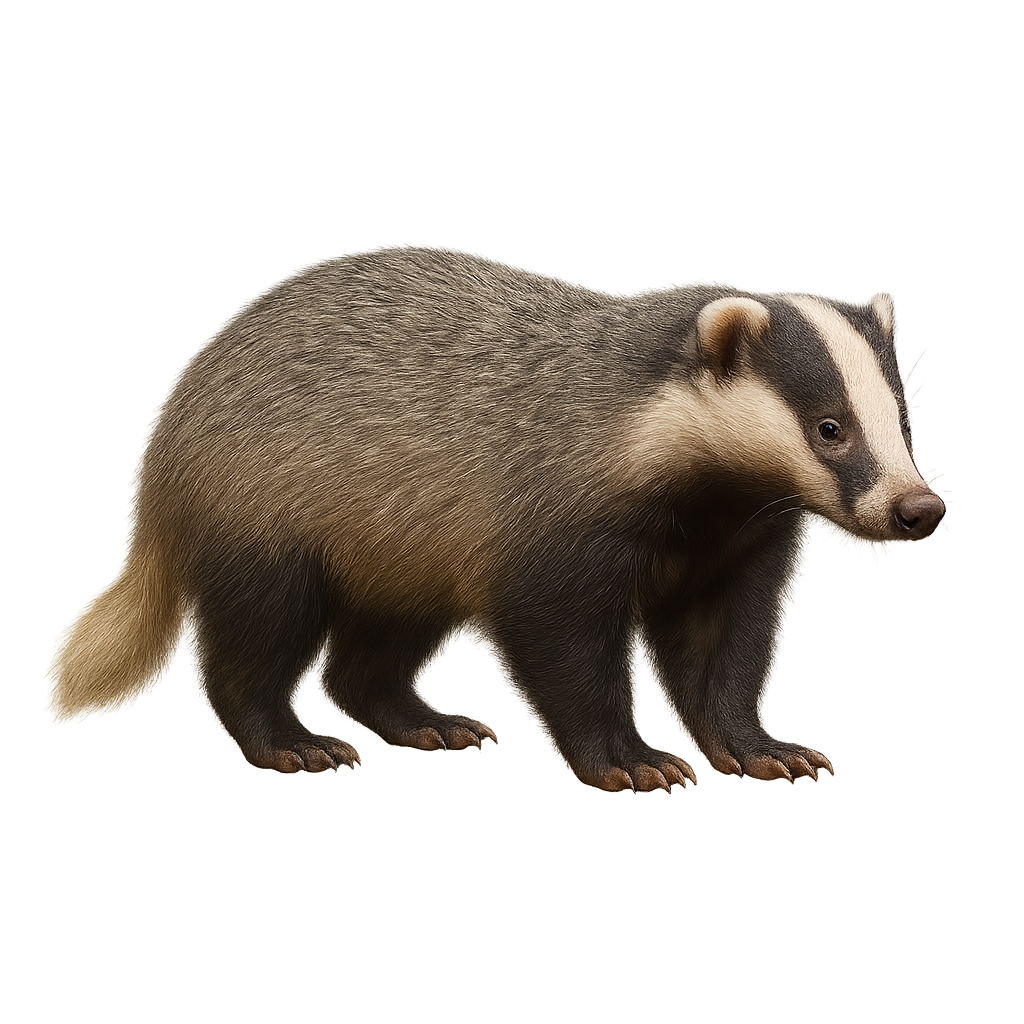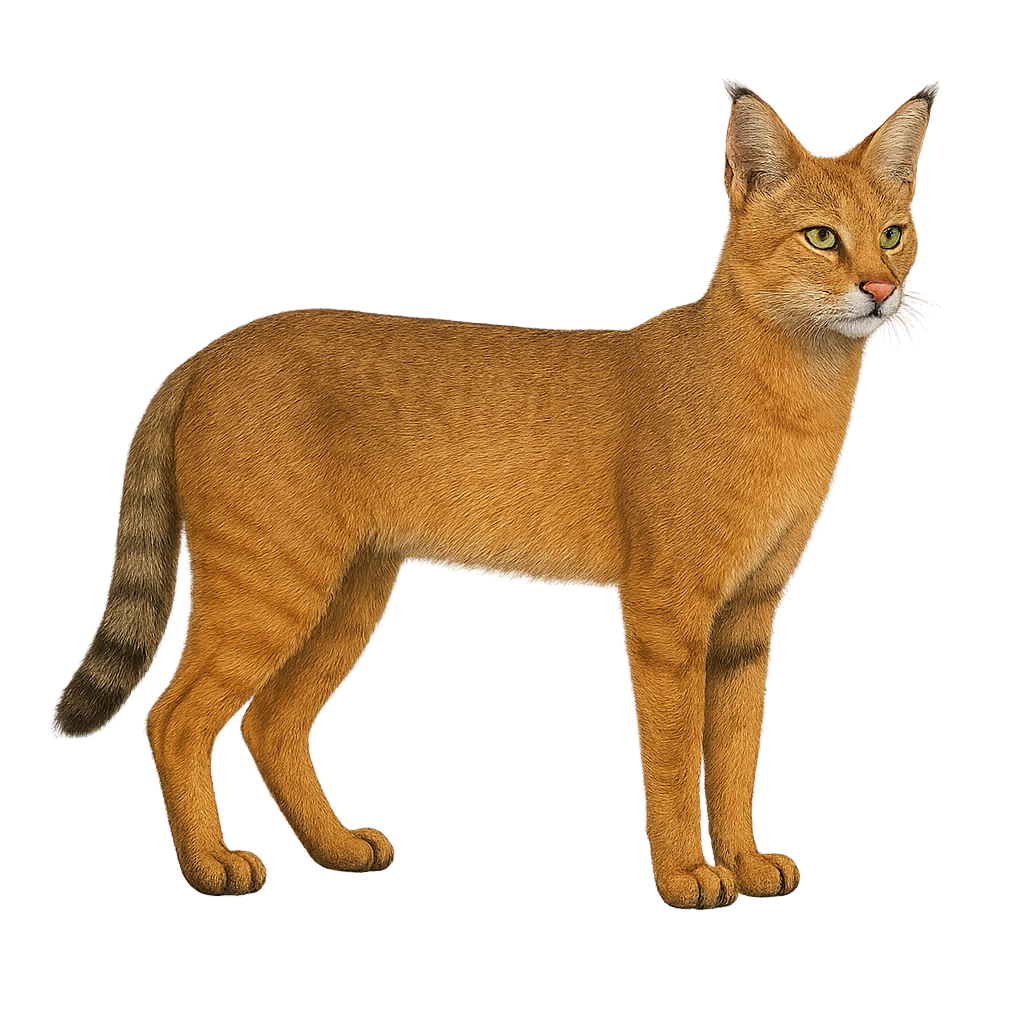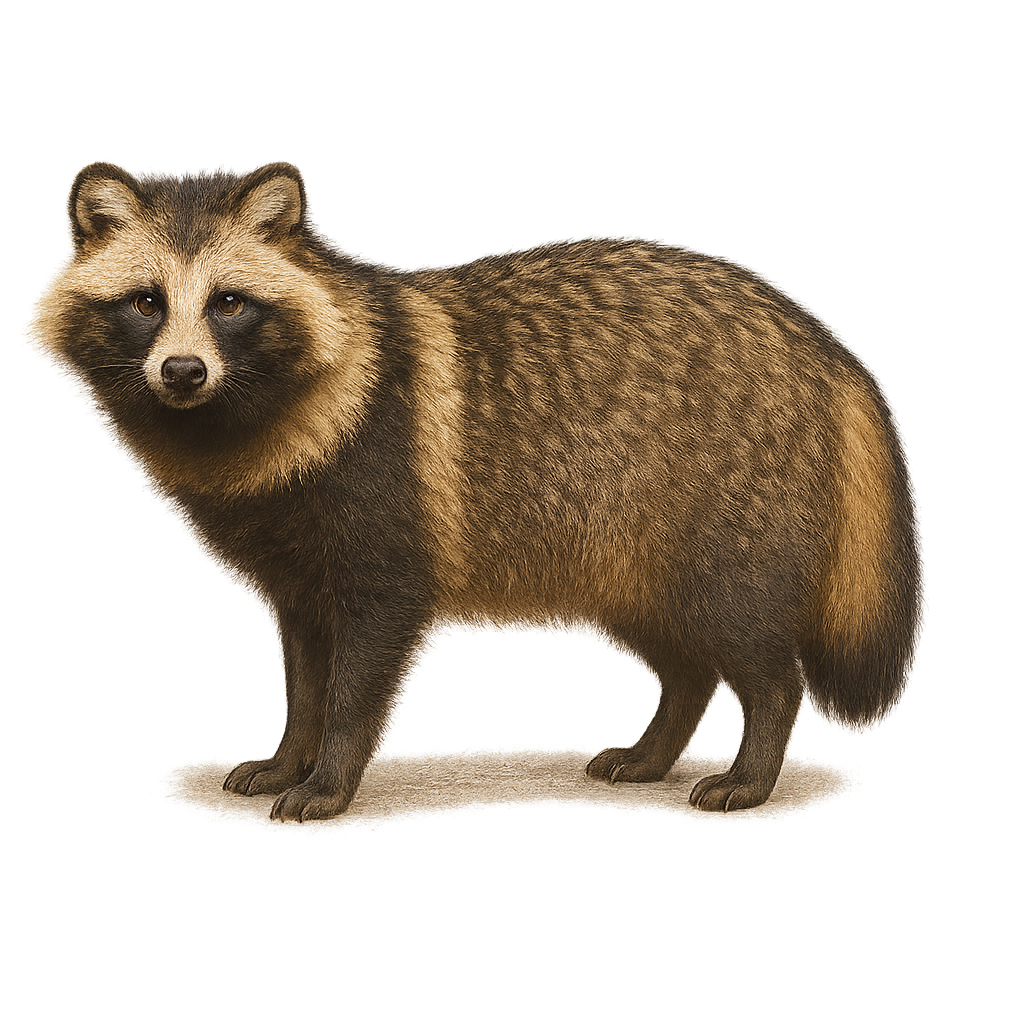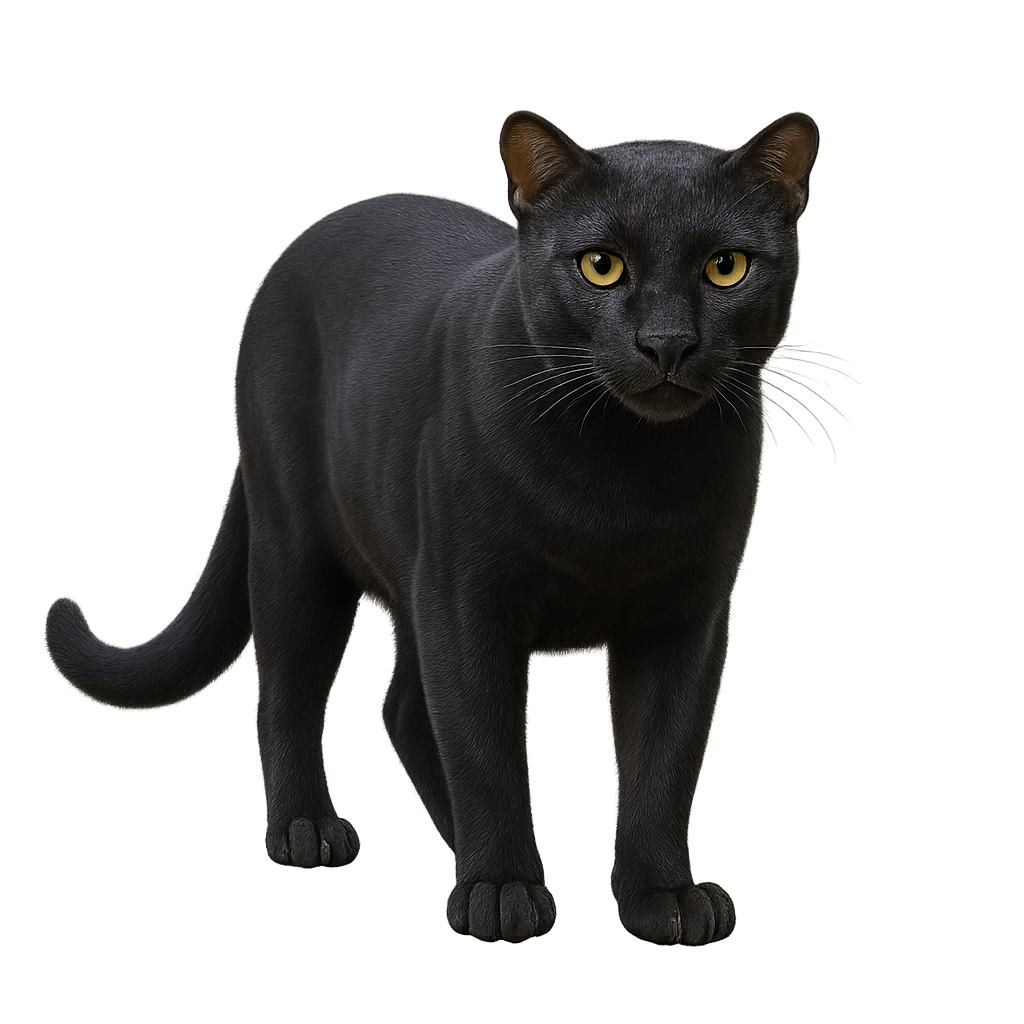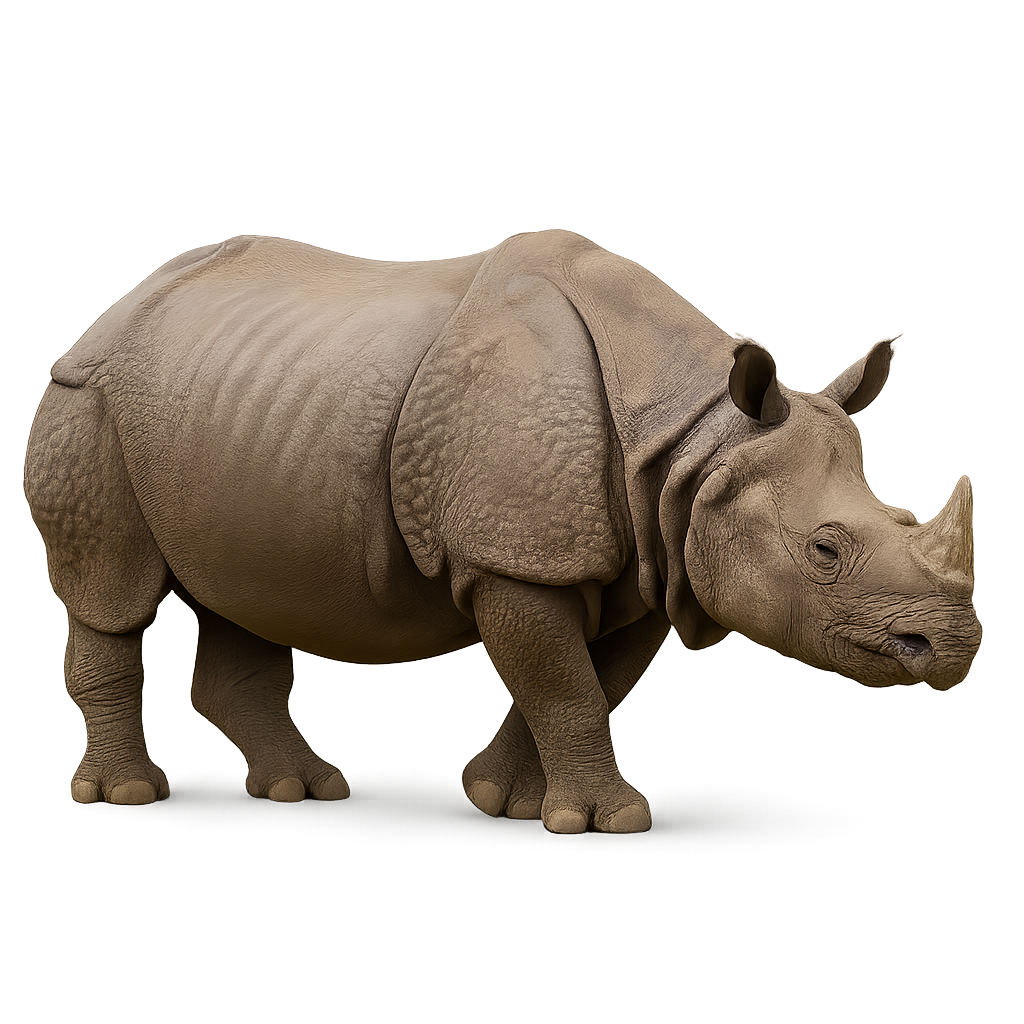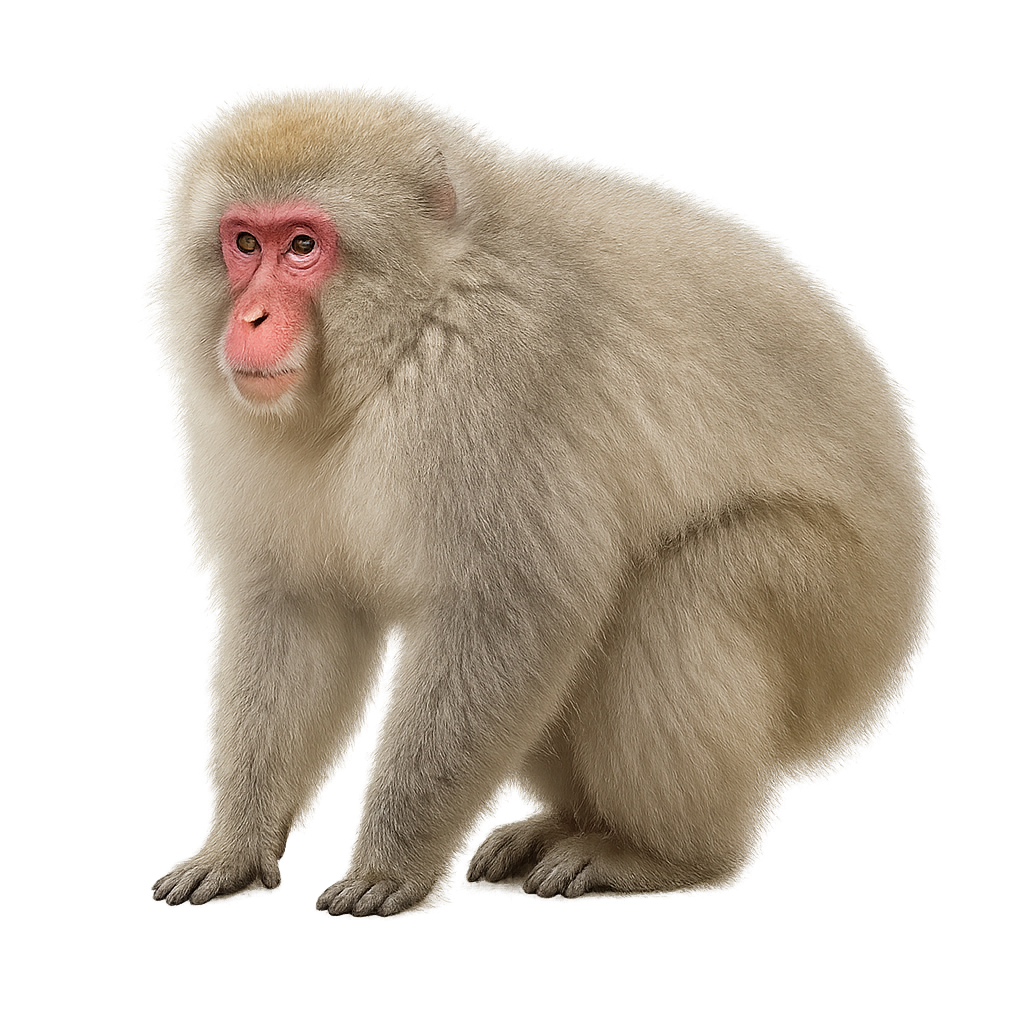Your wildlife tracking tool..
Browse 2,846species by country, track observations, and plan your photo outings.
Your global reference for wildlife photography
WildlifePhotographer gives you access to over 2,846 wildlife species sheets to help you identify, understand, and photograph wildlife around the world. Mammals, birds, reptiles… each sheet provides key information: habitat, activity, life cycle, signs of presence, and tailored photo tips.
Our database grows every week with new iconic species. To go further, access maps, reminders, logs, and personalized statistics in the app — designed to meet the real needs of wildlife photographers in the field.
Japanese Badger
Meles anakuma
The Japanese badger, Meles anakuma, is a medium-sized mammal known for its thick fur and distinctive facial stripes. It primarily inhabits forests and mountainous areas in Japan. This badger is nocturnal, spending the day in burrows it digs itself. It feeds on a variety of foods, including insects, small mammals, and fruits. Although generally solitary, it can sometimes be seen in small family groups. Its ability to adapt to different habitats and its discreet behavior make it difficult to observe in the wild.
Jungle Cat
Felis chaus
The Felis chaus, or jungle cat, is a medium-sized feline primarily found in South and Southeast Asia. It is characterized by its reddish-brown fur, sometimes spotted, and ears adorned with small black tufts. This solitary predator is an excellent swimmer and climber, adapting to various habitats such as marshes, forests, and grasslands. Its diet mainly consists of small mammals, birds, and reptiles. Although generally wary of humans, it may approach inhabited areas in search of food. Its population is stable, but it is threatened by habitat loss and hunting.
Japanese Raccoon Dog
Nyctereutes viverrinus
The Japanese Raccoon Dog, or Nyctereutes viverrinus, is a medium-sized canid known for its thick fur and resemblance to a raccoon. Native to Japan, it thrives in temperate climates and is primarily found in forests, grasslands, and wetlands. This omnivorous mammal feeds on fruits, insects, small animals, and occasionally human waste. It is notable for its ability to climb trees, a rare trait among canids. The Japanese Raccoon Dog is a social animal, often seen in small family groups. Although hunted for its fur, it is not considered endangered.
Jaguar
Panthera onca
The Jaguar is a large, robust, and powerful feline, easily recognizable by its spotted coat, characterized by dark rosettes on a golden or yellow background. It measures between 1.2 and 1.8 meters in length, with a tail of 60 to 80 cm, and weighs between 45 and 100 kg, with males generally being larger than females. Its body is massive and muscular, adapted for hunting in a variety of environments, from tropical forests to savannas. The Jaguar possesses one of the most powerful jaws in the animal kingdom, capable of piercing the thick skin of its prey, such as capybaras, deer, and even reptiles like caimans. It is also capable of swimming and often hunts aquatic animals. This feline primarily inhabits Central and South America, from southern Mexico to Argentina, preferring tropical forests, swamps, and riparian zones. While the species is still relatively widespread, it is threatened by deforestation, illegal hunting, and habitat loss.
Jaguarundi
Herpailurus yagouaroundi
The jaguarundi is a slender wild cat of 50–60 cm (excluding tail), with short legs and uniform grey or reddish coat. A secretive, diurnal species, it inhabits tropical and deciduous forests, scrub and riparian thickets, preying on ground-feeding birds, small rodents and reptiles.
Javan pangolin
Manis javanica
The Javan Pangolin, also known as the Malayan Pangolin, is a mammal species native to Southeast Asia. It is easily recognized by its body covered with large keratin scales, which protect it from predators. This nocturnal and solitary animal primarily feeds on ants and termites, which it captures with its long, sticky tongue. The Javan Pangolin is an endangered species, mainly due to habitat loss and poaching for its scales and meat. This pangolin is an excellent burrower, digging dens and hides for protection.
Javan Rhinoceros
Rhinocéros sondaicus
The Javan Rhinoceros is a rare and critically endangered species of rhinoceros found primarily on the island of Java in Indonesia. It measures about 3 to 3.5 meters in length, with a tail of 60 to 80 cm, and weighs between 900 and 1,400 kg. Its fur is dark gray, with thick, wrinkled skin, and it has a single horn located on its nose. The Javan Rhinoceros is primarily herbivorous, feeding on fruits, leaves, shoots, and grass. It typically lives in tropical forests and swampy areas, where it hides in dense vegetation to avoid predators. It is threatened by habitat loss, illegal hunting, and habitat fragmentation, with only a very small remaining population, estimated at fewer than 75 individuals.
Japanese macaque
Macaca fuscata
The Snow Monkey, also known as the Japanese macaque, is a species of primate primarily found in the mountains and snowy regions of Japan. It measures about 50 to 60 cm in length, with a tail of 20 to 25 cm, and weighs between 10 and 14 kg. Its fur is dense and thick, typically brown or gray, with a reddish face that becomes more pronounced in males, especially during the breeding season. The Snow Monkey lives in complex social groups and is especially known for its social behaviors, notably bathing in hot springs during the winter, which has become one of the most iconic images of Japan. It primarily feeds on fruits, roots, seeds, and sometimes small animals. While its population remains relatively stable, this species sometimes faces habitat loss and conflicts with human populations.


